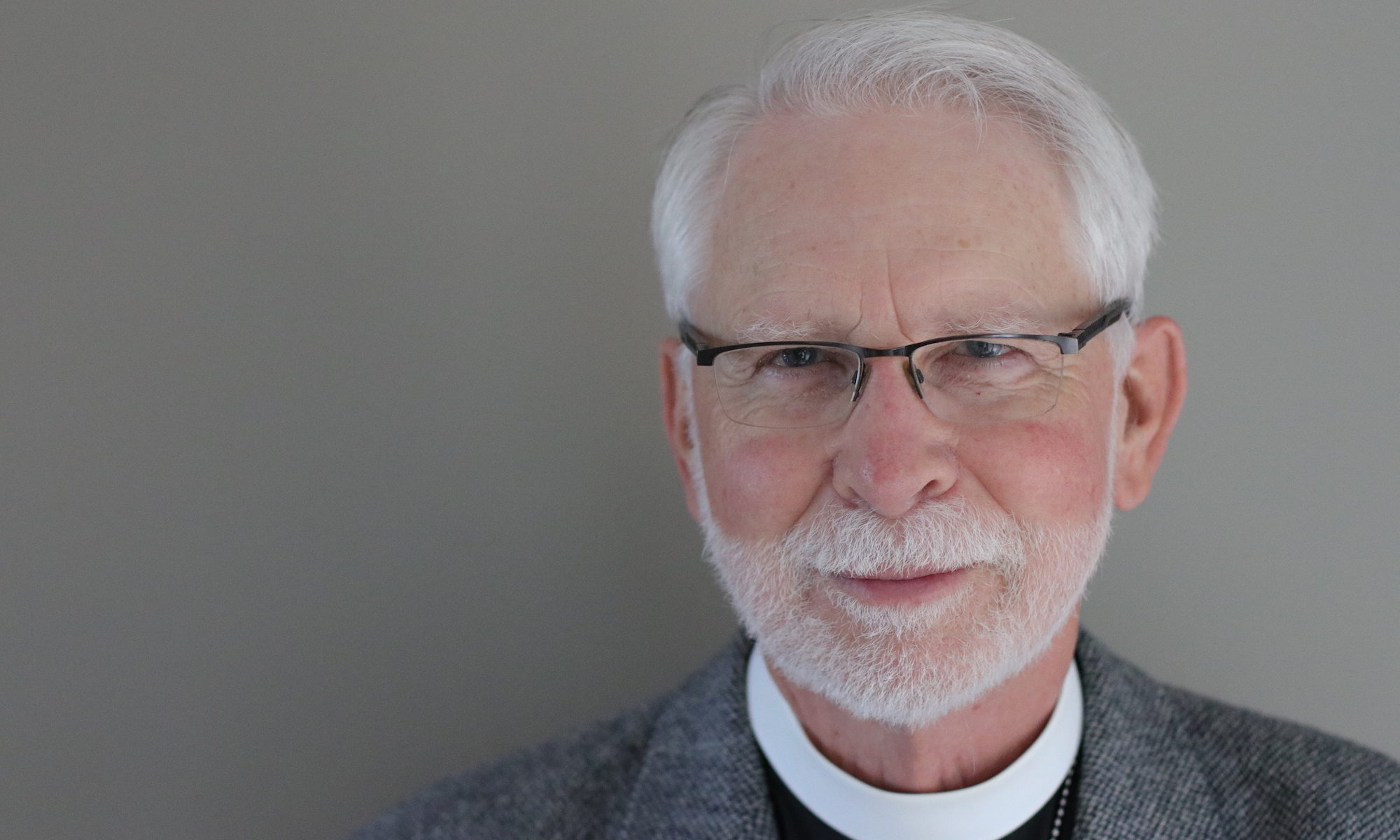Please see How to Use Lection Connection.
Full lections can be read here.
Based on the Readings as Set
First Reading (1 Samuel 16:1-13)
After Saul had failed as the first king of Israel, the Lord sends Samuel to anoint one of Jesse’s sons as the next king. To everyone’s surprise, the Lord, who sees the heart, selects David the shepherd boy. Samuel anoints him and he is filled with the Spirit.
Psalm (23)
David likens his relationship with the Lord to a sheep who trusts that the shepherd knows what he is doing in spite of appearances. He provides water, food and shelter, even in circumstances that a sheep would see as extremely threatening.
Second Reading (Ephesians 5:8-14)
Paul asserts that, in the Lord, Christians have become light, bearing fruit which is good, right and true. They now oppose and shun the darkness and its useless works from which they have come. Christ is the light who makes all this happen.
Gospel (John 9:1-41)
In healing a man born blind Jesus shows that he is the light of the world. The man’s physical and spiritual darkness is dispersed while the Pharisees, who should recognize Messiah, heighten their opposition. Jesus says he has come to expose all to the light.
CONNECTION SUGGESTIONS
- Jesus is the light of the world, not just part of it
- We need to see with the eyes of faith
- Our judgment needs to go beyond superficial appearances
- God is interested in the attitudes of our hearts more than he is in how things (or we} look to others
- When Jesus comes into our lives, we see things differently
- What does it mean to be “light”?
SCRIPTURE SENTENCE (BAS, Canada)
I am the light of the world, says the Lord; those who follow me will have the light of life. John 8.12
COLLECT OF THE DAY (BAS, Canada)
Almighty God,
through the waters of baptism
your Son has made us children of light.
May we ever walk in his light
and show forth your glory in the world;
through Jesus Christ our Lord,
who is alive and reigns with you and the Holy Spirit, one God, now and for ever. AMEN
